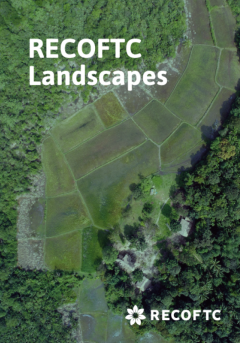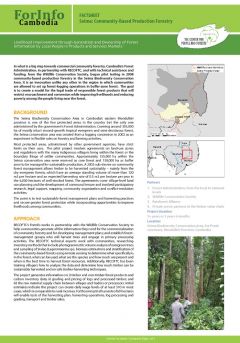Appropriate Small-scale Forest Harvesting Technologies for Southeast Asia: A Guidebook for Southeast Asia
This guidebook - accompained by a series of factsheets - on appropriate harvesting and transport technologies highlights the available options to local communities that can help them realize their greater share in the primary stages of timber and bamboo-based value chains. Scroll down to download the factsheets.












